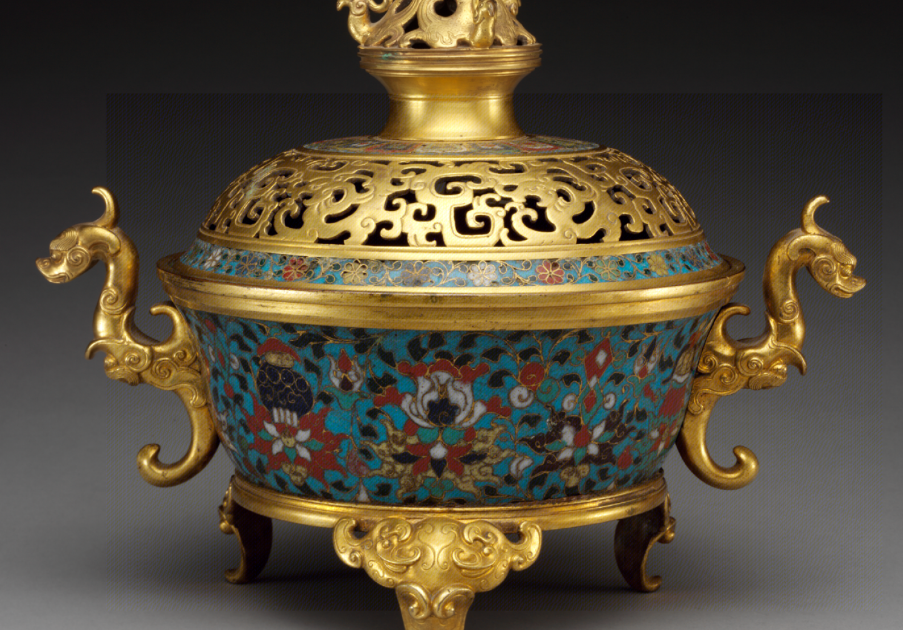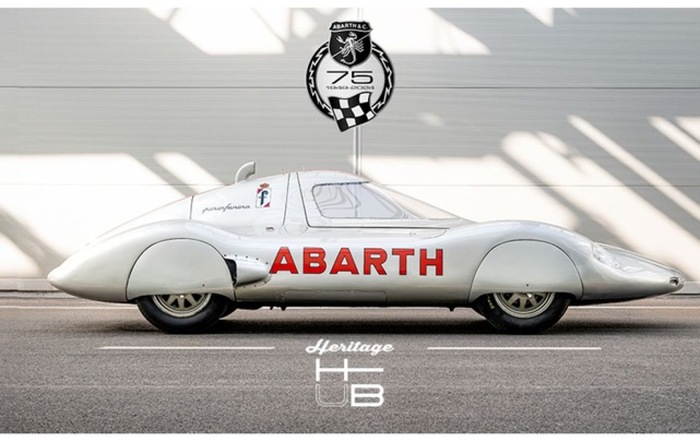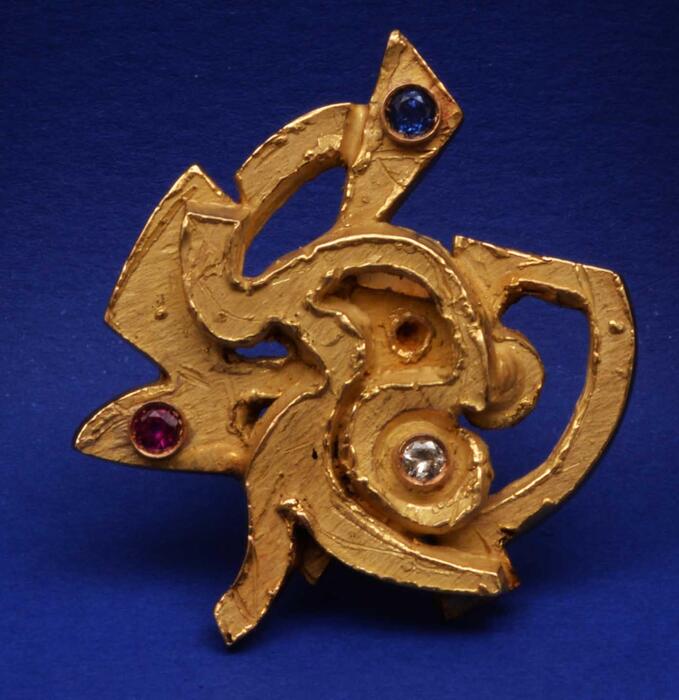Damascus-SANA
The handicraft works in the exhibition “Heritage Crafts Inherited by the Fragrant of History” hosted by the Cultural Center in Al-Adawy varied between artworks, decoration on glass, Damascene brocade and various handicrafts.
The exhibition was followed by an introductory symposium on these arts for sheikhs and craftsmen specialized in these professions, under the supervision of the handicraft trainer, Rawaa Youssef.
Youssef Sana explained that the exhibition was devoted to traditional professions in general and handicrafts in particular, such as brocade, painting on glass, Islamic ornaments and handicrafts to preserve their continuity and importance.
Muhammad Bassam Rihan, Sheikh of Al-Kar in painting on glass and decoration, spoke in his intervention about the history of this craft, its forms, fields of work and the materials used in it, pointing out that the glass that the Phoenicians were the first to invent developed in Damascus throughout history and was painted on lanterns and lanterns using oxides, various materials, thermal colors and acrylics and others.
The Damascene brocade craftsman, Muhammad Rankos, explained in his intervention that this cloth is made of natural silk and golden reed threads and was attributed to Damascus because it took its character, heritage and environment, such as the drawing of Omar Khayyam, the Shami rose, grape clusters, the lover and the lover, and the octagonal geometric drawings, indicating that this craft was entered into by the cultures of different civilizations.
Nasr Al-Din Muhammad, a graduate of applied arts and a teacher of drawing, participated in paintings for his students, children and boys. In his intervention, he showed the history, styles and types of Damascene plant decoration and the schools in it such as Andalusian, Persian and Damascene, and their differences in decoration, engraving, mirrors and miniatures, indicating that its history dates back to the Andalusian civilization, which formed the main creativity for it in palaces and buildings.
Muhammad Sobha, a bridal handicraftsman, participated in a group of decorated bridal glass works, and explained that he had created a model of a waterfall flowing from a mountain that operates on electricity and is manually operated from cardboard, wood and cork, inspired by his ideas.
Rana Ayoub participated in a group of works of three-dimensional models and miniatures of the Levantine environment, which indicated that she chose this environment because she was raised, lived in it, and adored it.
Bilal Ahmad








